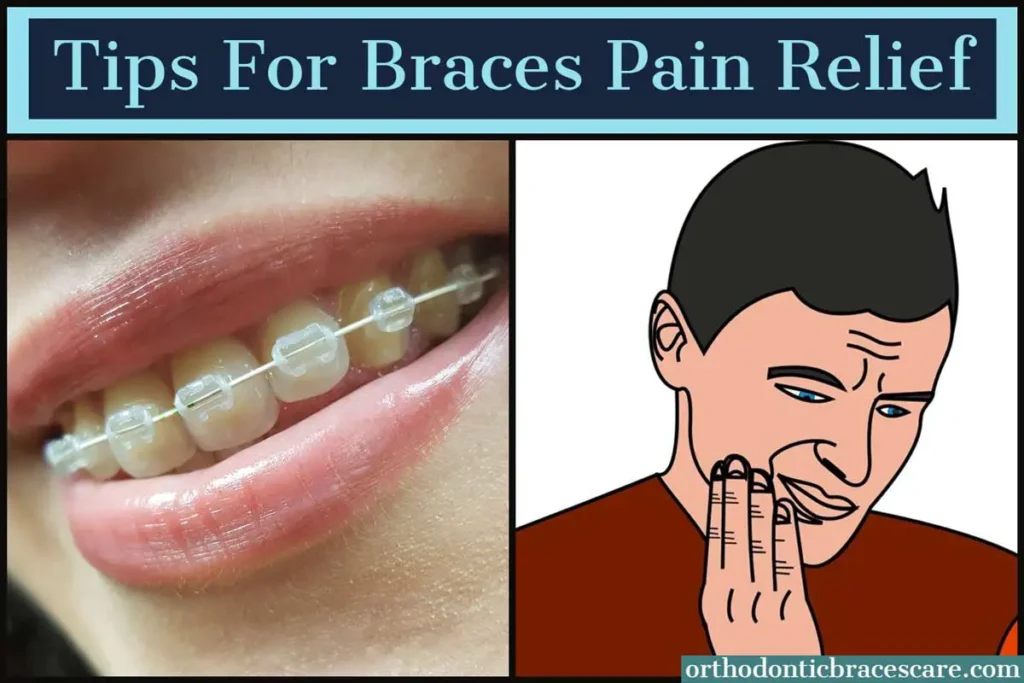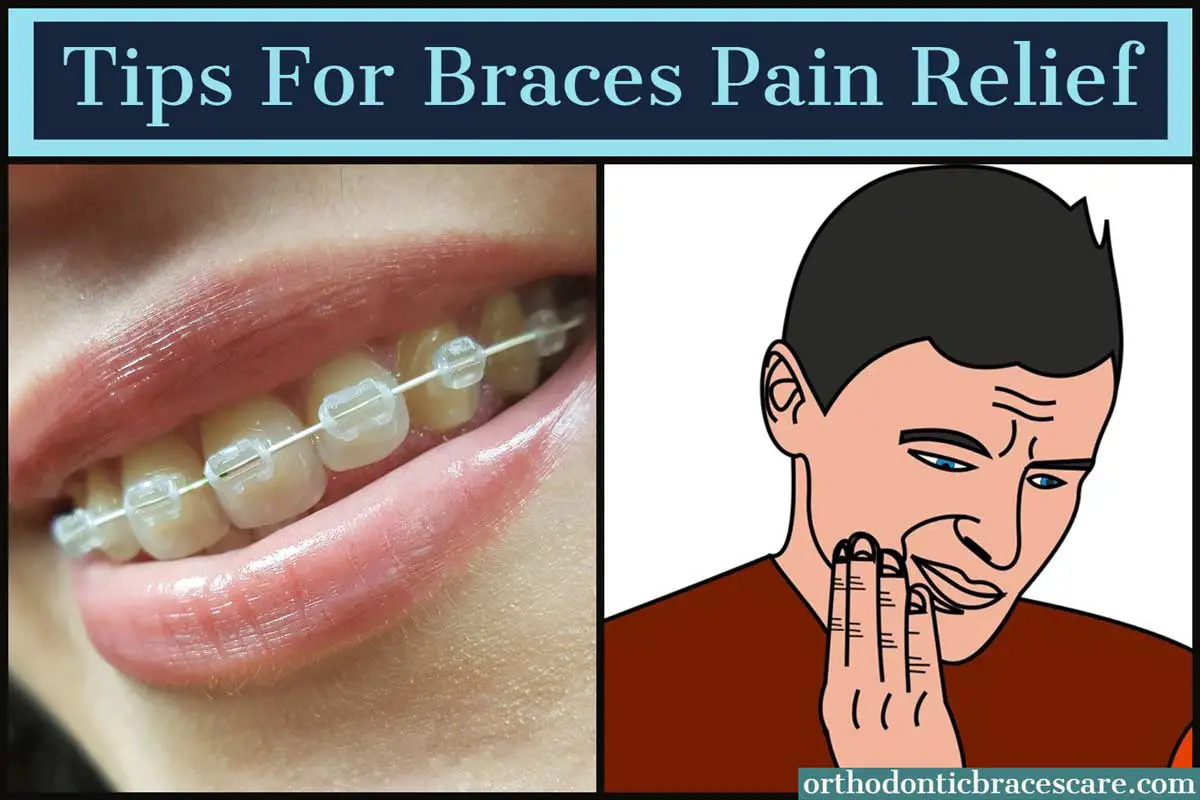
Gum Swelling and Braces: Navigating the Challenges and Finding Relief
The journey to a straighter, more confident smile is often paved with challenges, and for those undergoing orthodontic treatment with braces, gum swelling is a common, albeit unwelcome, companion. While braces are a highly effective method for teeth alignment, they can sometimes lead to inflammation and swelling of the gums. Understanding the causes, symptoms, and effective relief strategies for gum swelling associated with braces is crucial for maintaining optimal oral health and ensuring a comfortable orthodontic experience. This article provides a comprehensive overview of the issue, offering practical advice and evidence-based solutions to help you navigate this often-overlooked aspect of orthodontic care. We’ll delve into the intricacies of gum swelling and braces, providing insights to help you get the relief you deserve.
Understanding the Connection Between Braces and Gum Swelling
The presence of braces in the mouth inevitably alters the oral environment, creating conditions that can predispose individuals to gum inflammation. Several factors contribute to this phenomenon:
- Plaque Accumulation: Braces create numerous nooks and crannies that are difficult to clean thoroughly. This makes it easier for plaque, a sticky film of bacteria, to accumulate around the teeth and along the gumline. Plaque buildup is a primary cause of gingivitis, the initial stage of gum disease, characterized by inflamed and swollen gums.
- Increased Irritation: The brackets and wires of braces can rub against the gums, causing irritation and minor trauma. This mechanical irritation, combined with the presence of plaque, can trigger an inflammatory response, leading to swelling.
- Difficulty with Oral Hygiene: Proper oral hygiene is paramount for preventing gum inflammation, but it becomes significantly more challenging with braces. Brushing and flossing effectively around the wires and brackets requires extra time and effort, and if these practices are not diligently followed, the risk of gum problems increases.
- Dietary Factors: Certain foods, particularly those high in sugar and carbohydrates, can exacerbate plaque formation and contribute to gum inflammation. Sticky or hard foods can also get trapped around the braces, further complicating oral hygiene.
The interplay of these factors creates a perfect storm for gum swelling and braces, highlighting the importance of proactive measures to mitigate the risks.
Identifying the Symptoms of Gum Swelling
Recognizing the signs of gum swelling early on is crucial for initiating prompt treatment and preventing the condition from worsening. Common symptoms include:
- Redness: The gums may appear redder than usual, indicating inflammation.
- Swelling: The gums may appear puffy or enlarged, sometimes extending over the brackets of the braces.
- Bleeding: Gums may bleed easily when brushing or flossing.
- Tenderness: The gums may be tender to the touch or feel painful when eating or brushing.
- Receding Gums: In more advanced cases, the gums may begin to pull away from the teeth, exposing the roots.
- Bad Breath: Persistent bad breath, even after brushing, can be a sign of gum inflammation.
If you experience any of these symptoms, it’s essential to consult with your orthodontist or dentist to determine the underlying cause and receive appropriate guidance. Ignoring these warning signs can lead to more serious oral health problems.
Effective Strategies for Relief and Prevention
Fortunately, several effective strategies can help manage and prevent gum swelling and braces-related issues. These strategies are centered around diligent oral hygiene, dietary modifications, and professional care.
Meticulous Oral Hygiene
The cornerstone of preventing and treating gum swelling is impeccable oral hygiene. This includes:
- Thorough Brushing: Brush your teeth at least twice a day, preferably after every meal, using a soft-bristled toothbrush. Angle the brush to reach all surfaces of your teeth, including around the brackets and wires. Consider using an electric toothbrush with a specialized orthodontic brush head for enhanced cleaning.
- Flossing Daily: Floss at least once a day, using floss threaders or orthodontic floss to navigate around the braces. This helps remove plaque and food particles from between the teeth and under the gumline.
- Interdental Brushes: Use interdental brushes (also known as proxy brushes) to clean around the brackets and wires, targeting areas that are difficult to reach with a regular toothbrush.
- Mouthwash: Rinse with an antibacterial mouthwash, such as one containing fluoride, to help kill bacteria and reduce plaque buildup.
Consistency is key. Make oral hygiene a non-negotiable part of your daily routine.
Dietary Adjustments
Your diet can significantly impact your oral health. To minimize the risk of gum swelling and braces issues, consider these dietary adjustments:
- Limit Sugary Foods and Drinks: Reduce your intake of sugary foods and beverages, as sugar fuels the bacteria that cause plaque.
- Avoid Sticky Foods: Sticky foods, such as caramel and taffy, can get trapped around the braces and are difficult to remove, increasing the risk of plaque buildup.
- Choose Healthy Snacks: Opt for nutritious snacks like fruits, vegetables, and yogurt, which are less likely to contribute to plaque formation.
- Stay Hydrated: Drink plenty of water to help wash away food particles and keep your mouth moist.
Making conscious food choices can significantly contribute to maintaining healthy gums.
Professional Dental Care
Regular visits to your orthodontist and dentist are essential for monitoring your oral health and addressing any potential issues promptly. This includes:
- Regular Checkups and Cleanings: Your dentist or hygienist can professionally clean your teeth, removing plaque and tartar that you may miss at home. They can also identify early signs of gum inflammation.
- Professional Advice: Your orthodontist can provide specific guidance on oral hygiene techniques and recommend any necessary adjustments to your braces.
- Early Intervention: If you experience gum swelling, your dentist or orthodontist can recommend treatments such as scaling and root planing to address the underlying cause.
Don’t hesitate to communicate any concerns you have with your dental professionals. Early intervention is key to managing gum swelling and braces-related problems.
Treatments for Gum Swelling
While prevention is paramount, sometimes gum swelling does occur. Depending on the severity of the inflammation, different treatments may be recommended:
- Improved Oral Hygiene: In mild cases, improving your oral hygiene routine may be sufficient to resolve the swelling. This includes more thorough brushing, flossing, and using interdental brushes.
- Antibacterial Mouthwash: Your dentist may recommend an antibacterial mouthwash to help kill bacteria and reduce inflammation.
- Professional Cleaning: A professional cleaning by a dental hygienist can remove plaque and tartar buildup that contributes to gum swelling.
- Scaling and Root Planing: For more severe cases, scaling and root planing may be necessary. This procedure involves removing plaque and tartar from below the gumline (scaling) and smoothing the root surfaces of the teeth (root planing) to promote gum healing.
- Antibiotics: In some cases, antibiotics may be prescribed to treat a bacterial infection.
The specific treatment plan will depend on the underlying cause and severity of the gum swelling. Always follow the advice and recommendations of your dental professional.
The Importance of Early Intervention
Addressing gum swelling and braces-related issues promptly is crucial for preventing more serious oral health problems. Untreated gum inflammation can progress to gingivitis and eventually periodontitis, a more severe form of gum disease that can lead to tooth loss. Early intervention can prevent this progression and ensure that your orthodontic treatment remains comfortable and successful. [See also: Periodontal Disease and Braces: What You Need to Know]
When to Seek Professional Help
While some mild gum swelling may resolve with improved oral hygiene, it’s important to seek professional help if you experience any of the following:
- Persistent Swelling: If the swelling doesn’t improve after a week or two of improved oral hygiene.
- Bleeding Gums: If your gums bleed easily or excessively when brushing or flossing.
- Pain or Discomfort: If you experience significant pain or discomfort in your gums.
- Receding Gums: If your gums appear to be pulling away from your teeth.
- Bad Breath: If you have persistent bad breath that doesn’t improve with brushing.
Don’t hesitate to contact your orthodontist or dentist if you have any concerns about your oral health. They can provide a proper diagnosis and recommend the most appropriate treatment plan.
Maintaining Oral Health Throughout Your Orthodontic Journey
The journey with braces is a commitment to achieving a beautiful, healthy smile. Managing gum swelling and braces effectively is an integral part of that journey. By understanding the causes, recognizing the symptoms, and implementing the strategies discussed in this article, you can minimize the risk of gum inflammation and ensure a comfortable and successful orthodontic experience. Remember, diligent oral hygiene, dietary awareness, and regular professional care are the cornerstones of maintaining optimal oral health throughout your orthodontic treatment. [See also: Best Practices for Maintaining Oral Hygiene with Braces]
Conclusion: A Healthier Smile, One Step at a Time
Dealing with gum swelling and braces can be a challenging but manageable aspect of orthodontic treatment. By taking proactive steps to care for your oral health, you can mitigate the risks and enjoy a more comfortable and fulfilling experience. Remember to prioritize meticulous oral hygiene, make informed dietary choices, and regularly consult with your dental professionals. With dedication and proper care, you can achieve the straighter, healthier smile you deserve, free from the discomfort of inflamed gums. The ultimate goal is not just straight teeth, but also a healthy mouth. By focusing on gum swelling and braces, you’re already taking a significant step toward achieving this goal. Embrace the journey, and remember that a beautiful, confident smile is within your reach.


